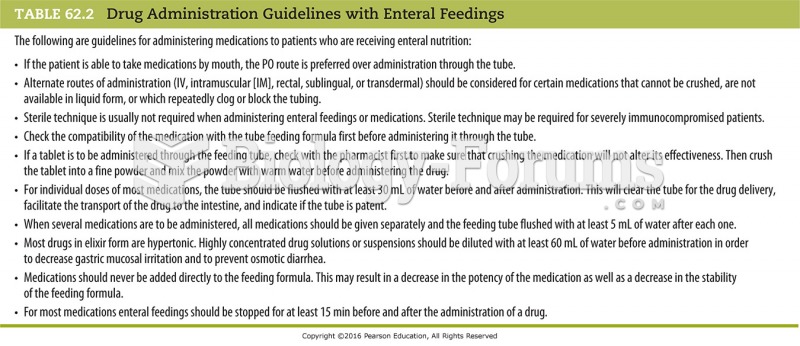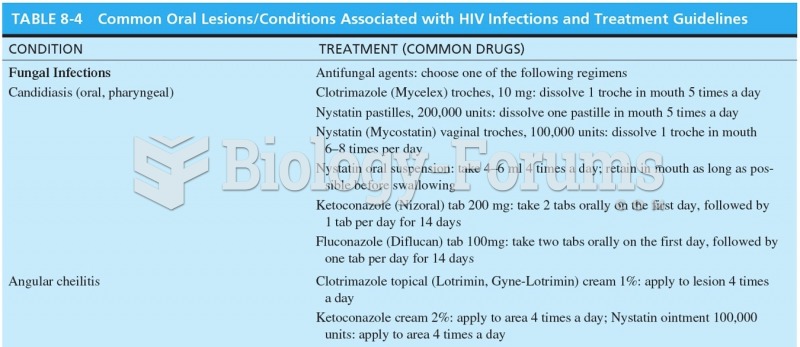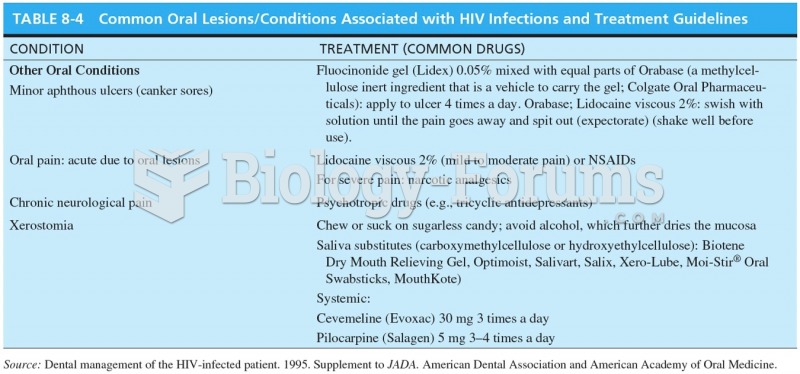Answer to Question 1
Answer: FALSE
Answer to Question 2
Answer: The Procurement Integrity Act of 1988 prohibited the release of source selection and contractor bid or proposal information. In addition, a former employee who served in certain positions on a procurement action or contract in excess of 10 million cannot receive compensation as an employee or consultant from that contractor for one year. The second attempt occurred with the passage of the 1992 Federal Sentencing Guidelines for Organizations Act (FSGO), which outlined an effective ethics training program and explained the seven minimum requirements for an effective program to prevent and detect violations. The third attempt at legislating business ethics was the Corporate and Auditing Accountability, Responsibility, and Transparency Act of 2002 (Sarbanes-Oxley Act), which criminalized many corporate acts that were previously relegated to various regulatory structures. The primary focus of the Sarbanes-Oxley Act is to redress accounting and financial reporting abuses in light of corporate scandals. The fourth, the Dodd-Frank Wall Street Reform and Consumer Protection Act, was signed into law in 2010. The act was brought on by the worst financial crisis since the Great Depression, which resulted in the loss of 8 million jobs, failed businesses, a drop in housing prices, and wiped out personal savings of many workers. As the financial crisis advanced, it became clear that executive compensation played a major role in the financial services sector as well as in the capital markets following the collapse of investment services firms as Lehman Brothers, Merrill Lynch, Bear Stearns, and AIG.







